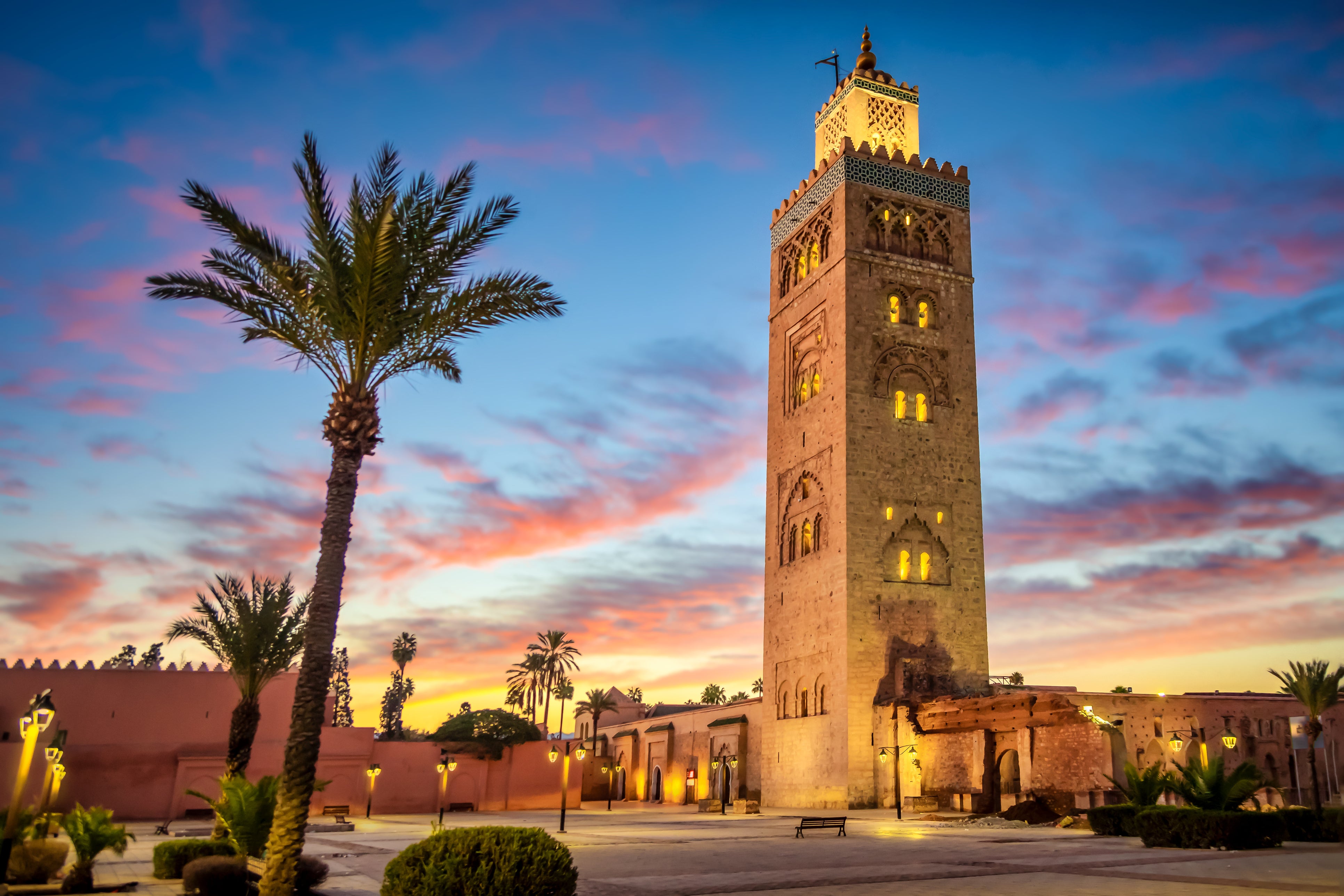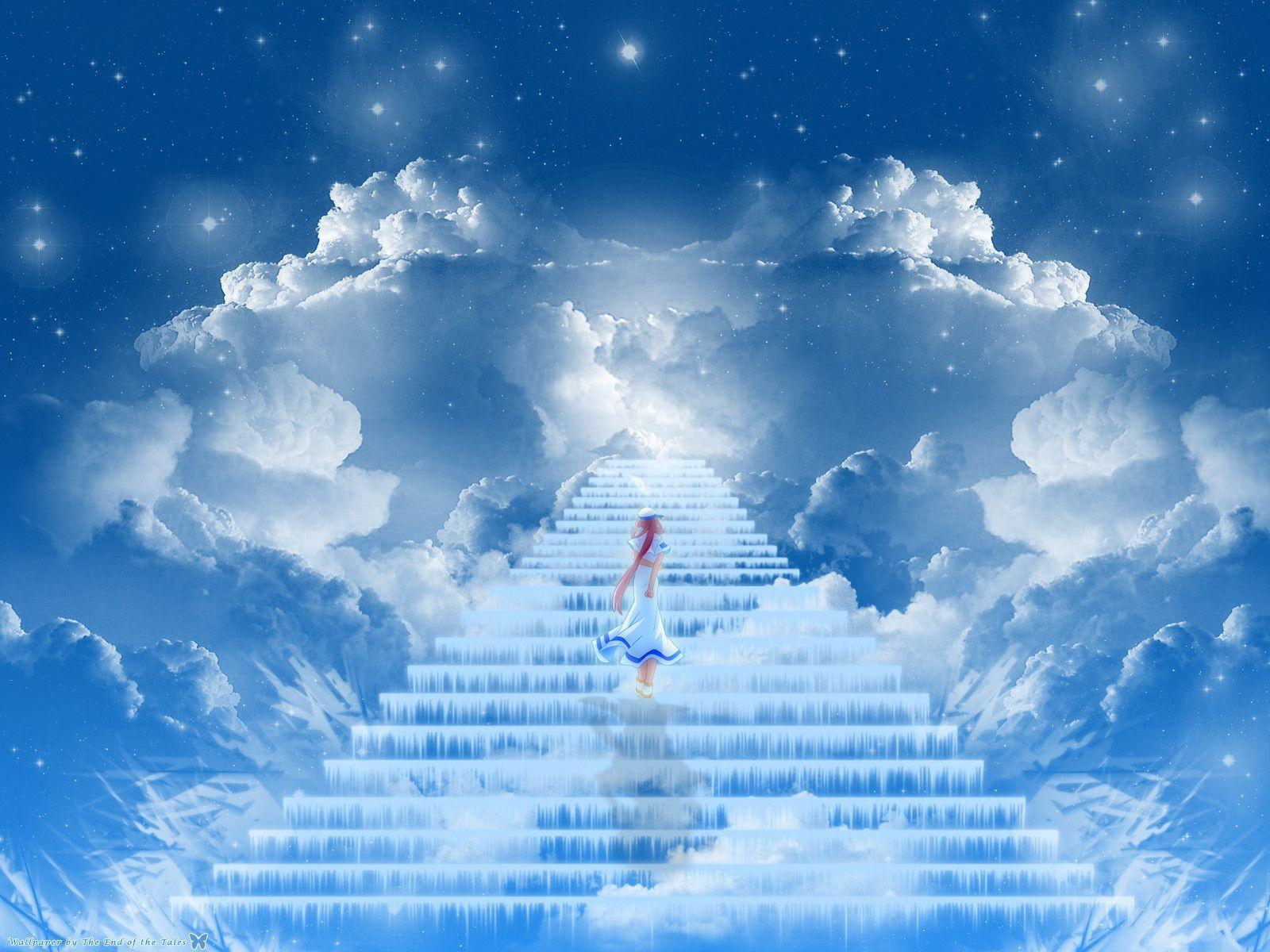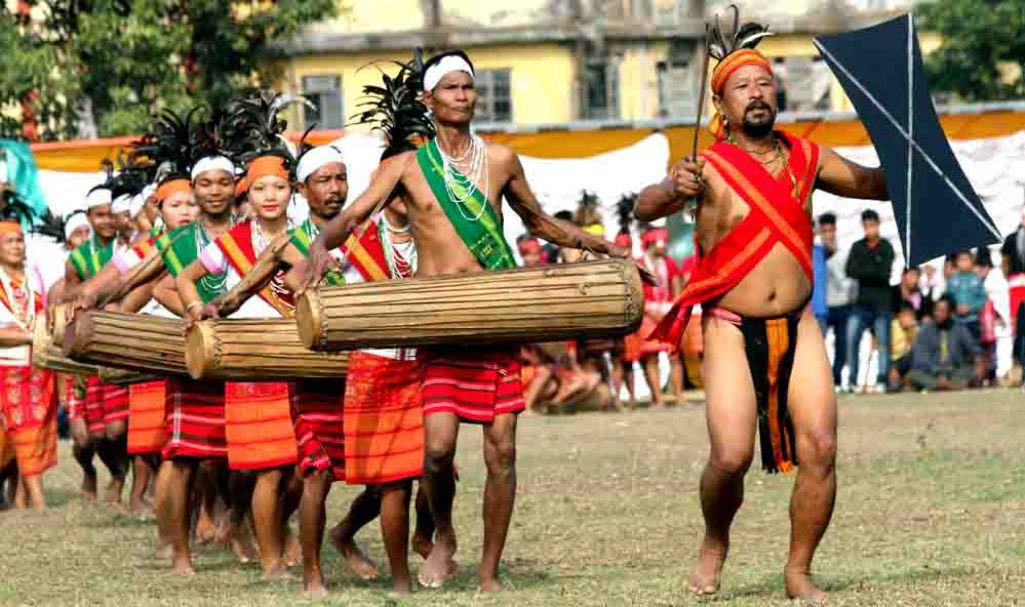Morocco: A Journey Through Ancient Culture -Step into Morocco, and you feel it immediately: a country where history isn’t just in books—it’s in the air you breathe, the streets you walk, and the music, food, and colors that surround you. Morocco’s ancient culture is a living story, shaped over thousands of years by the Berbers, Arabs, Phoenicians, Romans, and countless others who have passed through this corner of North Africa.
Some of the earliest traces of human life in Morocco can be found in the Taforalt caves, where archaeologists have discovered evidence of settlement dating back over 15,000 years. That’s a lot of history packed into one place—and it’s just the beginning. The Berbers, or Amazigh people, are at the heart of Morocco’s cultural soul. Their traditions, music, clothing, and crafts have survived for millennia, especially in the Atlas Mountains and the deserts beyond. Walk into a Berber village, and you’ll see women weaving intricate rugs, men crafting silver jewelry, and hear rhythms and songs that have been passed down for generations.
Morocco’s location made it a hub for trade and cultural exchange. Caravans once crossed the vast Sahara, carrying gold, salt, spices, and ideas from distant lands. Cities like Marrakech, Fez, and Sijilmasa became centers of commerce, learning, and artistry. The winding alleys of the medinas, with their buzzing souks and artisan workshops, feel almost frozen in time—but alive with the energy of centuries-old traditions.
When Islam arrived in the 7th century, it left a beautiful mark on the country. From mosques to palaces, the art and architecture of Morocco tell stories in geometric patterns, arabesques, and calligraphy, blending Islamic design with the older Berber and Amazigh styles. The result is a visual language that is uniquely Moroccan, everywhere you look—from the tiles in a small courtyard to the grand gates of ancient cities.
Language in Morocco is another reflection of its rich past. While Arabic and French dominate today, Tamazight, the Berber language, continues to thrive. Poetry, folktales, and everyday conversation carry echoes of Morocco’s long history. Stories of desert spirits, legendary heroes, and mystical djinn still spark the imagination, keeping oral traditions alive even in a modernizing world.
And then there’s the food—arguably one of the most delicious ways to experience Morocco’s culture. Traditional tagines, couscous, and slow-cooked stews are often spiced with saffron, cumin, cinnamon, and preserved lemons. Every dish tells a story: of trade routes, family kitchens, and centuries of shared meals. Street food, like fragrant sfenj donuts or piping-hot flatbreads, adds a casual, everyday taste of history.
Festivals and rituals further bring Morocco’s ancient culture to life. The Imilchil Marriage Festival, deep in the High Atlas, celebrates Berber matchmaking traditions that go back generations. Meanwhile, the Gnawa music and ritual ceremonies, with their hypnotic rhythms and chants, showcase a spiritual heritage that traces back to sub-Saharan Africa. These events are more than performances—they are living connections to the past.
Even in urban areas, Morocco’s culture feels timeless. The riads tucked away in Fez or Chefchaouen, the pottery workshops of Safi, and the leather tanneries of Marrakech all preserve techniques passed down through centuries. Walking through these neighborhoods, you can almost hear history speaking through the walls, colors, and textures.
What makes Morocco truly special is how its ancient culture is alive, not trapped in museums or textbooks. It’s in the songs sung in marketplaces, the spices mixed in family kitchens, the weaving in mountain villages, and the stories told by grandparents to their grandchildren. Morocco’s history is something you can see, taste, hear, and feel—and it reminds you that the past isn’t just something to admire, it’s something to live.
In Morocco, every street, mountain, and desert holds a story. Its culture is a living tapestry—ancient yet vibrant, timeless yet constantly evolving. For anyone who visits or calls it home, Morocco’s heritage isn’t just history—it’s life itself.




